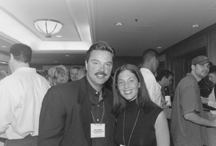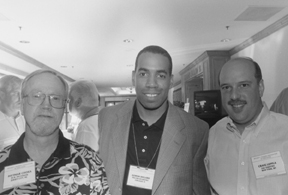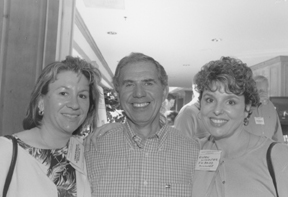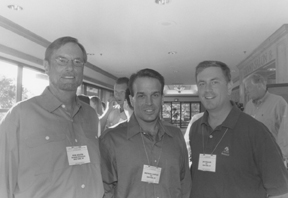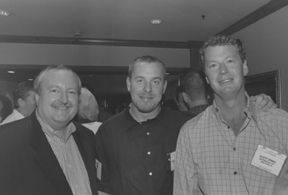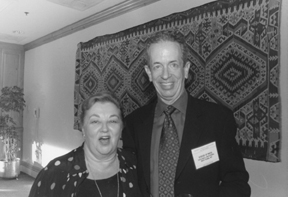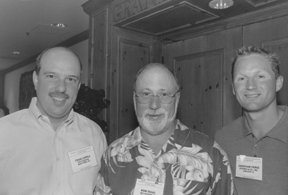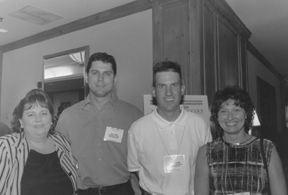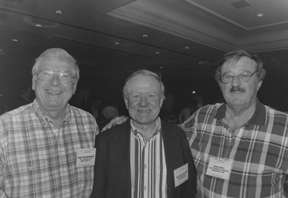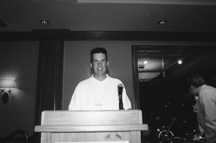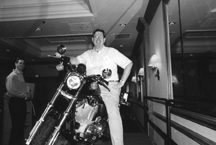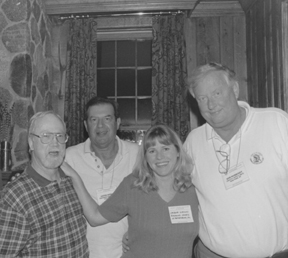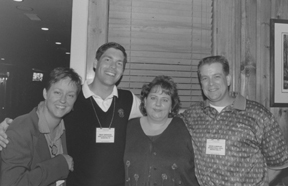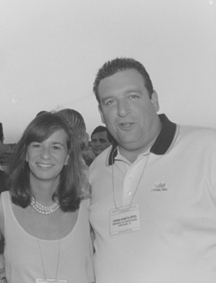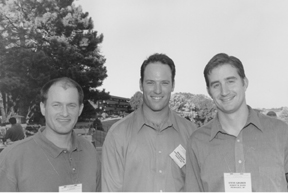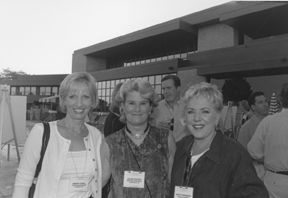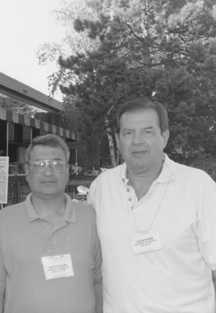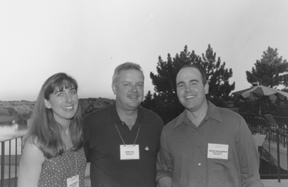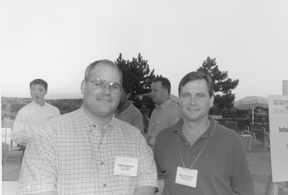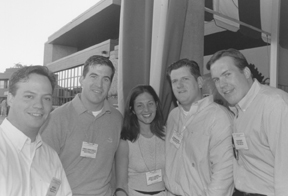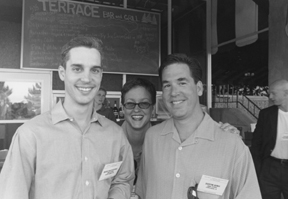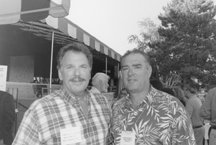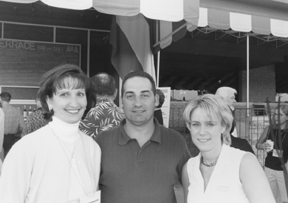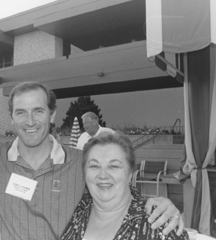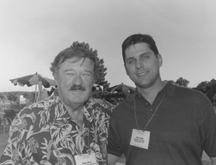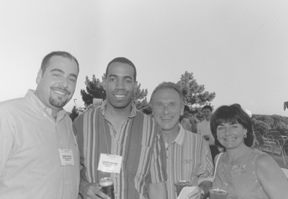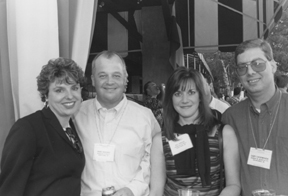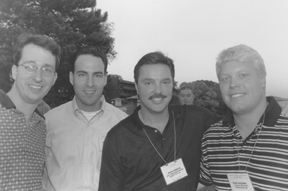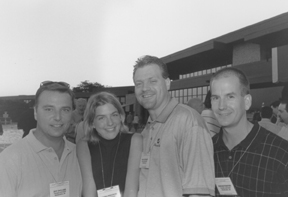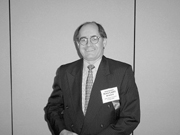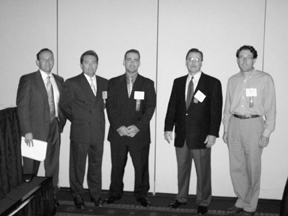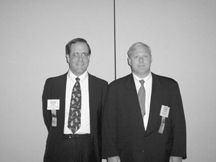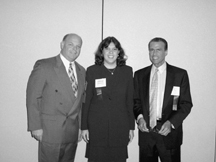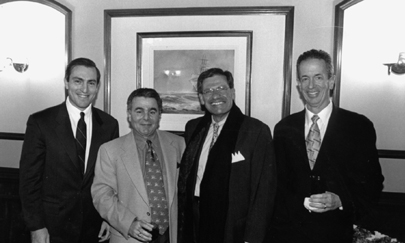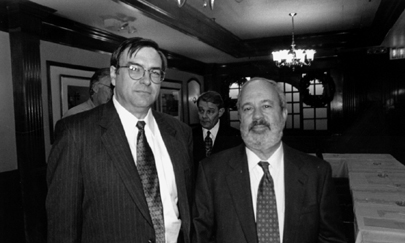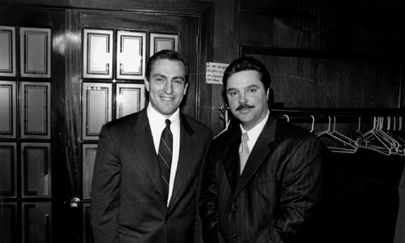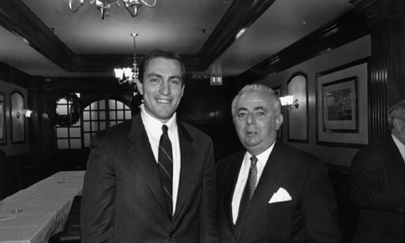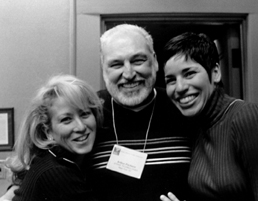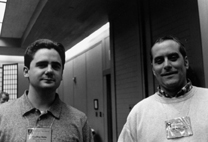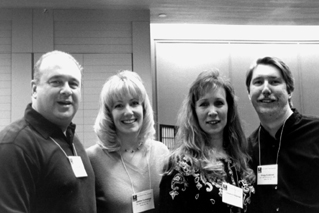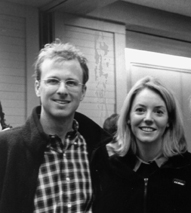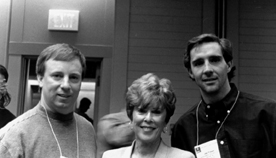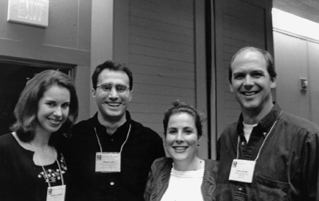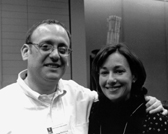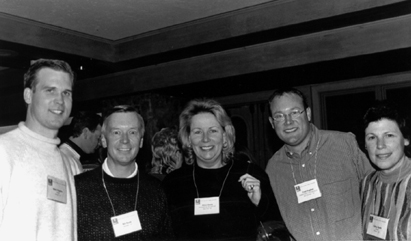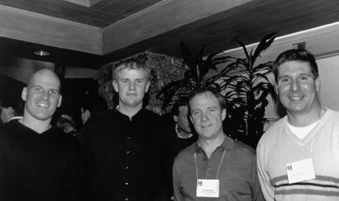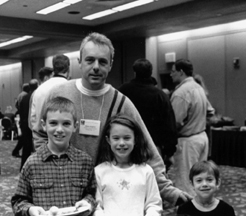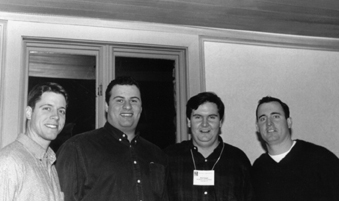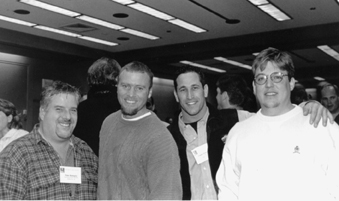Nasdaq's proposed super montage, order-display facility is generating plenty of comment among traders as the Securities and Exchange Commission conducts its public review period.
"This is not a welcome development to us," said Bloomberg Tradebook chief executive Kevin Foley. The montage is designed to collect, aggregate and display pre-trade information from Nasdaq market makers and electronic communications networks. Officials at the National Association of Securities Dealers are confident the montage proposal will be acceptable to the SEC and the trading community.
Still, there is some uncertainty. "This has been portrayed as a done deal," cautioned Foley. "It is the furthest thing from a done deal."
"The super montage is the only way that the NASD will be able to reach a virtual limit order book," countered Harold Bradley, a portfolio manager and senior vice president at American Century Investments in Kansas City, Mo.
Yet the Nasdaq proposal leaves a lot to be desired, Bradley said. Directing all market information through Nasdaq computers "drives us to a single point of failure," he said, in which a power interruption could jeopardize millions of dollars in trades. "I never want a market where a squirrel could bring me crashing to my knees," Bradley said, referring to an embarrassing glitch at Nasdaq's computer hub in Trumbull, Conn. (A squirrel was cited as the cause some time ago of a computer malfunction.)
Centralization
Nasdaq's proposed new system, explained NASD chairman Frank G. Zarb in a statement, "allows us to build upon the foundation strengths of market makers and electronic communications networks, while providing the type of centralization called for by SEC Chairman Arthur Levitt [in his September Columbia University Law School speech.]"
NASD spokesman Scott Peterson said Nasdaq hopes to deploy its new system as early as next summer. Lee Korins, president of the Security Traders Association, said his trading affairs committee seemed favorably disposed to the super montage facility during a recent discussion of the new system.
The committee had some questions which are "mostly technical in nature," Korins said, "not what we would call deal breakers." The committee will meet a couple more times before submitting comments to the SEC.
Foley complained that the super montage window' strips ECNs and regional exchanges of their identities and control over stock trades. The window causes problems by displaying bids and asks as anonymous information, Foley said. "This is a moral hazard," Foley said.
Unscrupulous or unstable market makers could hide behind their anonymity to exploit market turmoil without fear of identification by alert traders.
Further, he said, participating ECNs would sacrifice not only access fees but also brand identity on a Nasdaq screen that displays prices only three levels deep. "In a sense, the NASD has used its monopoly as a disseminator of information to perfect their monopoly on order making and executions," Foley said.
Bradley noted that his firm was one of the earliest proponents of an integrated facility for stock markets, to address what he called huge price discrepancies across different markets at their opening bells.
Decentralized Market
American Century envisions markets and investors ultimately linked in a system much like the Internet- decentralized and thus resistant to collapse in the event of a central breakdown. Nasdaq's super montage window is designed more like a hub connected by many spokes, American Century's Bradley said, and is thus vulnerable to disruption from a single point.
Yet markets have made virtually no progress toward linkage in the last 25 years, Bradley said. "Whenever we've started down the path toward linkages, the markets have stood up and yelled fragmentation' and what about my brand?'," he said. "With $90 billion to trade, we don't care about brand. We care about best price."
American Century wants "trade-at" protection of its orders in any system, Bradley said, protecting displayed orders before they can be internalized and marked-up by market makers.
The NASD does not have a good track record when it comes to order execution proposals, Foley noted. "Do not assume that this is going to be adopted," he said. "It's hard for me to believe that the [SEC] is going to just rubber stamp this proposal."






















